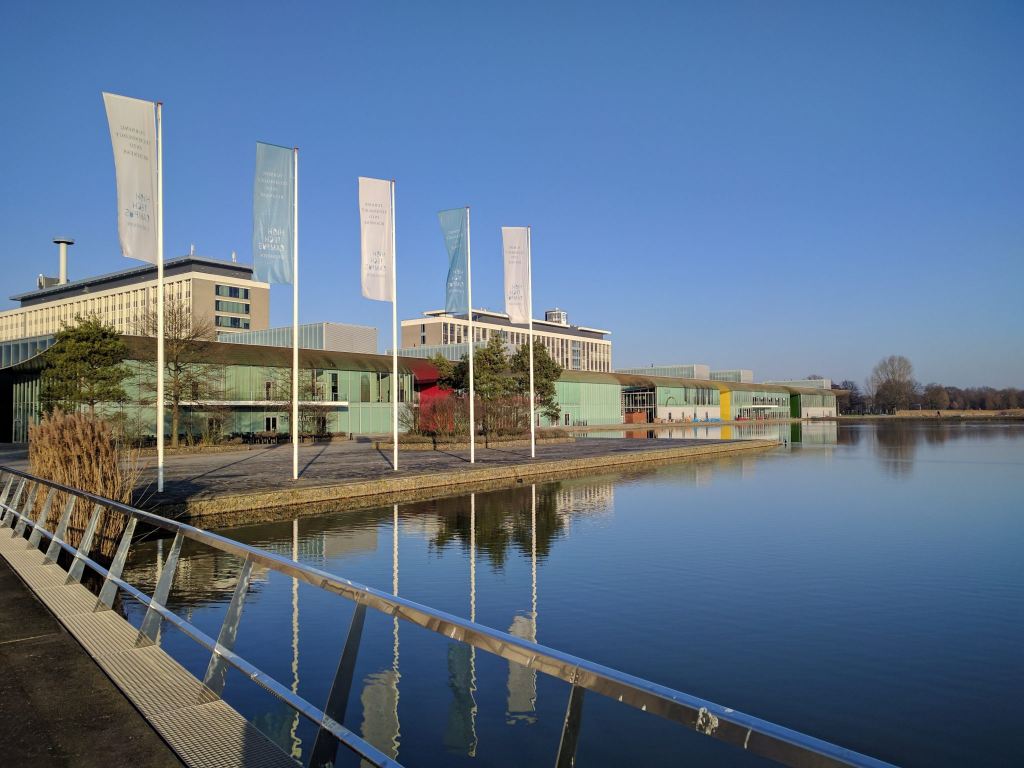
High Tech Campus Eindhoven remains ahead in innovation related expenditures
While Brabant has been the highest performer in the field of private investment in Research & Development (R&D) for many years, the contribution of public authorities in this area lags behind other parts of the country. An inventory of the Rathenau Institute shows that government contributions to innovation in Brabant are lagging behind both in relative and absolute terms. In terms of private innovation investments, High tech Campus Eindhoven continues to set the tone throughout the Netherlands.
Zuid-Holland has the most R&D expenditure, with an almost equal distribution between the public (including universities, TNO and UMC) and the private sector. In North Brabant, on the other hand, private R&D spending dominates (including by ASML, Philips, and NXP); there’s a sharp difference compared to public R&D spending. The two universities in Noord-Brabant – Eindhoven and Tilburg – account for the major share of this public contribution, says Jasper Deursen at Rathenau. In addition, according to him, a (smaller) part comes from the Dutch Defence Academy in Breda and the universities of applied sciences in the province.
Public R&D expenditure dominates in the province of Groningen, while the provinces of Flevoland, Friesland, Drenthe, and Zeeland spend very little on R&D at all.
In order to achieve the national targets, total R&D expenditure by government, companies and other financiers has to increase by approximately 5.5 billion. In particular, private R&D expenditure lags behind other countries.
In 2016, according to Rathenau (which relies on CBS figures), the Dutch government spent €2.7 billion on support for innovation. Of this amount, €1.15 billion was spent as fiscal aid and €1.2 billion on innovation-related research expenditure. This last item consists mainly of expenditure by the (then) Ministry of Economic Affairs for enterprise policy (40%), the Future Fund (14%), innovation relevant R&D for energy and agriculture (15%) and the top sector-relevant expenditure of the Ministry of Education, Culture and Science (24%). In addition to this €2.7 billion, the “innovation box” reduced the tax burden of €1.4 billion on profits from previous R&D and innovation investments made by companies.







